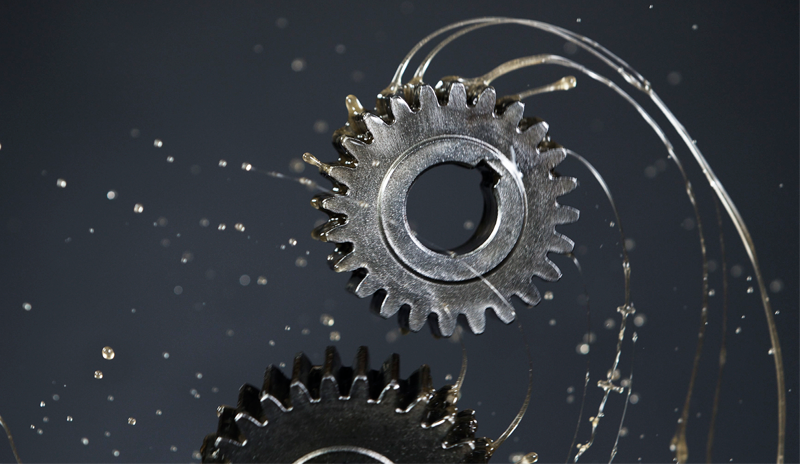Abstract
Understanding the flow of oil lubrication in transmissions and axles is vital to improving their efficiency and reducing the wear of key components. Most geared transmissions and axles are splash lubricated, which means that lubrication of gears and bearings relies on complex flow patterns created by the gears churning the oil and the oil then deflecting off the walls of the gearbox housing. Appropriate levels of lubricant are required to keep all components lubricated. Lack of adequate lubrication where gears mesh and within the bearings will increase friction, leading to increased temperatures and premature failure of system components. Likewise, excessive lubrication can increase churning losses and reduce efficiency. Gearboxes generally operate conservatively with an excess supply of oil to improve operational reliability and gear life, but at the cost of operational efficiency. The choice, and volume of lubricant, and the shape of the gearbox housing can all be optimized for the expected gear speeds, loads, and temperatures.
The results presented illustrate the difference in computational efficiency between two CFD software programs that are used to simulate gearbox lubrication.
While finite-volume methods have a longer history, particle-based methods have proven their value in capturing flow behaviour, enabling faster simulation of transient free-surface flows such as those in oil lubrication.
Read the article


